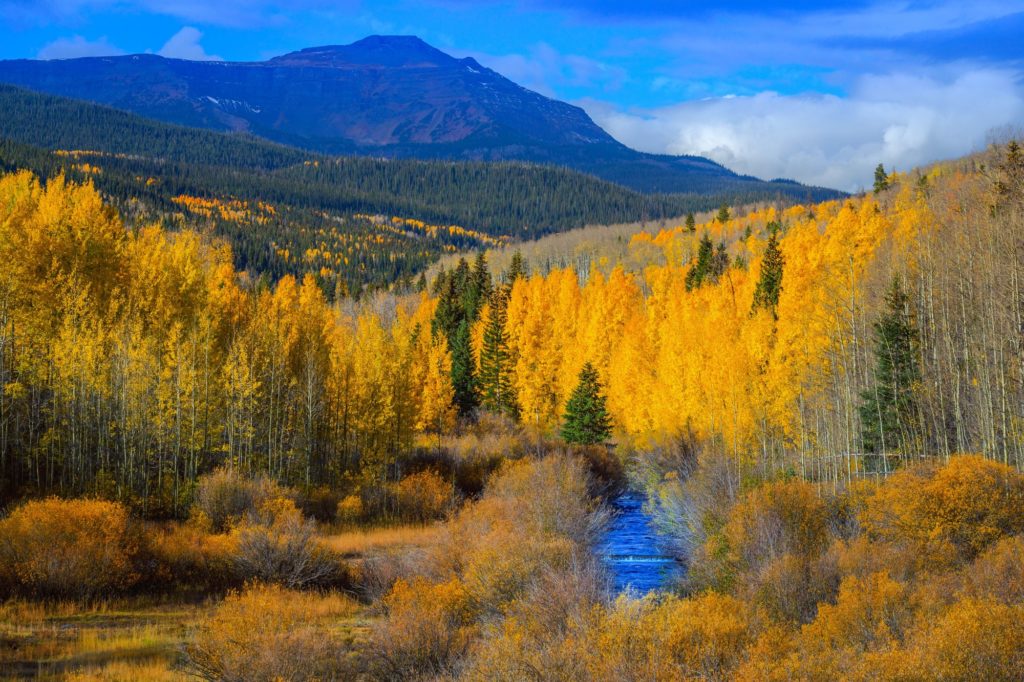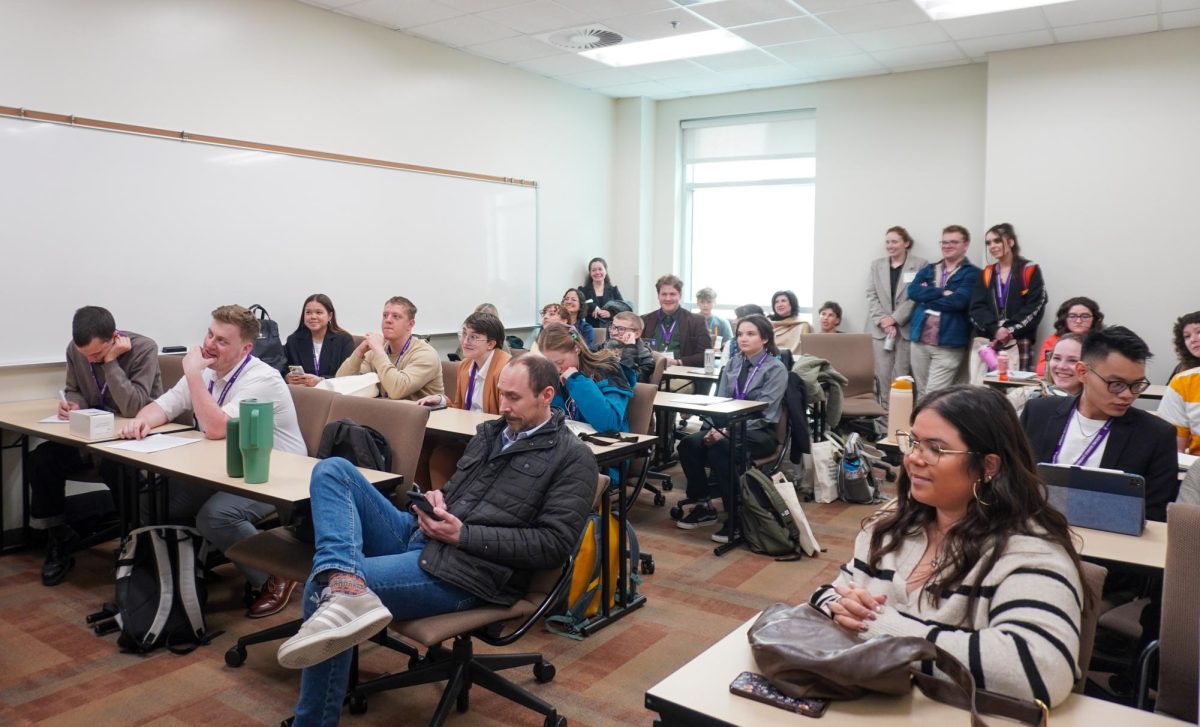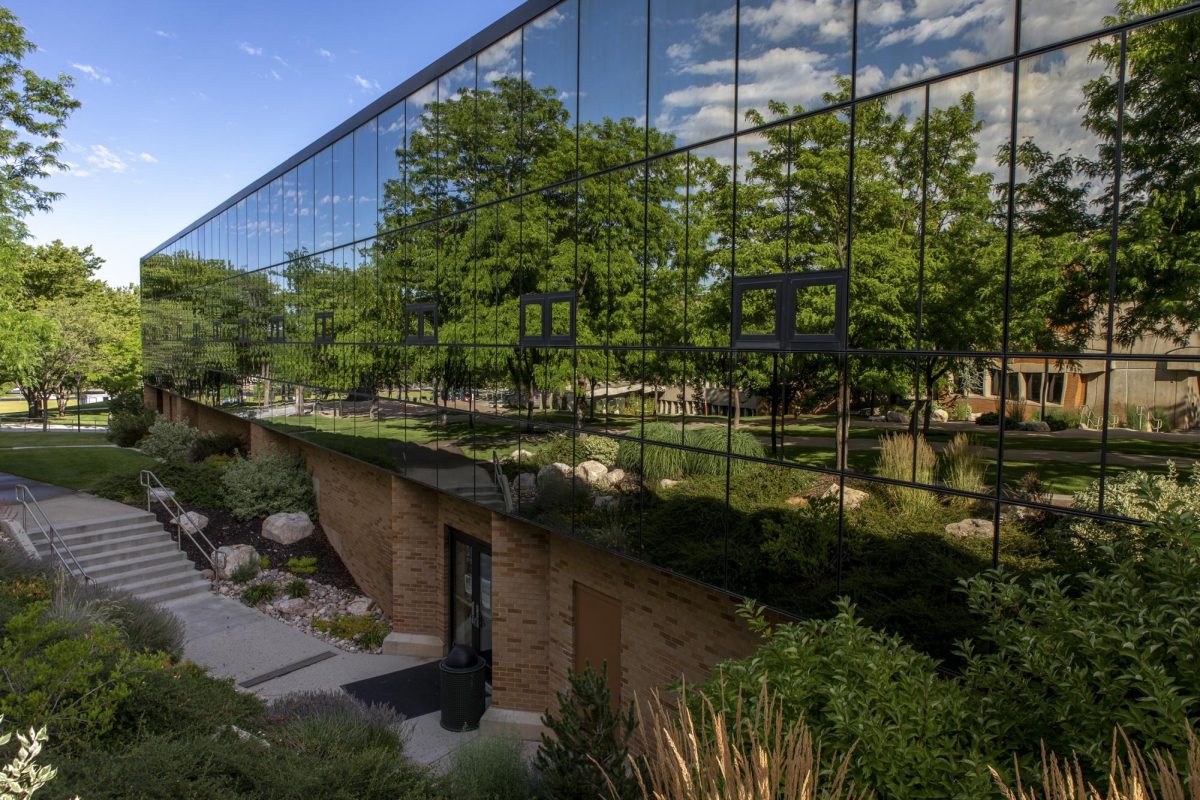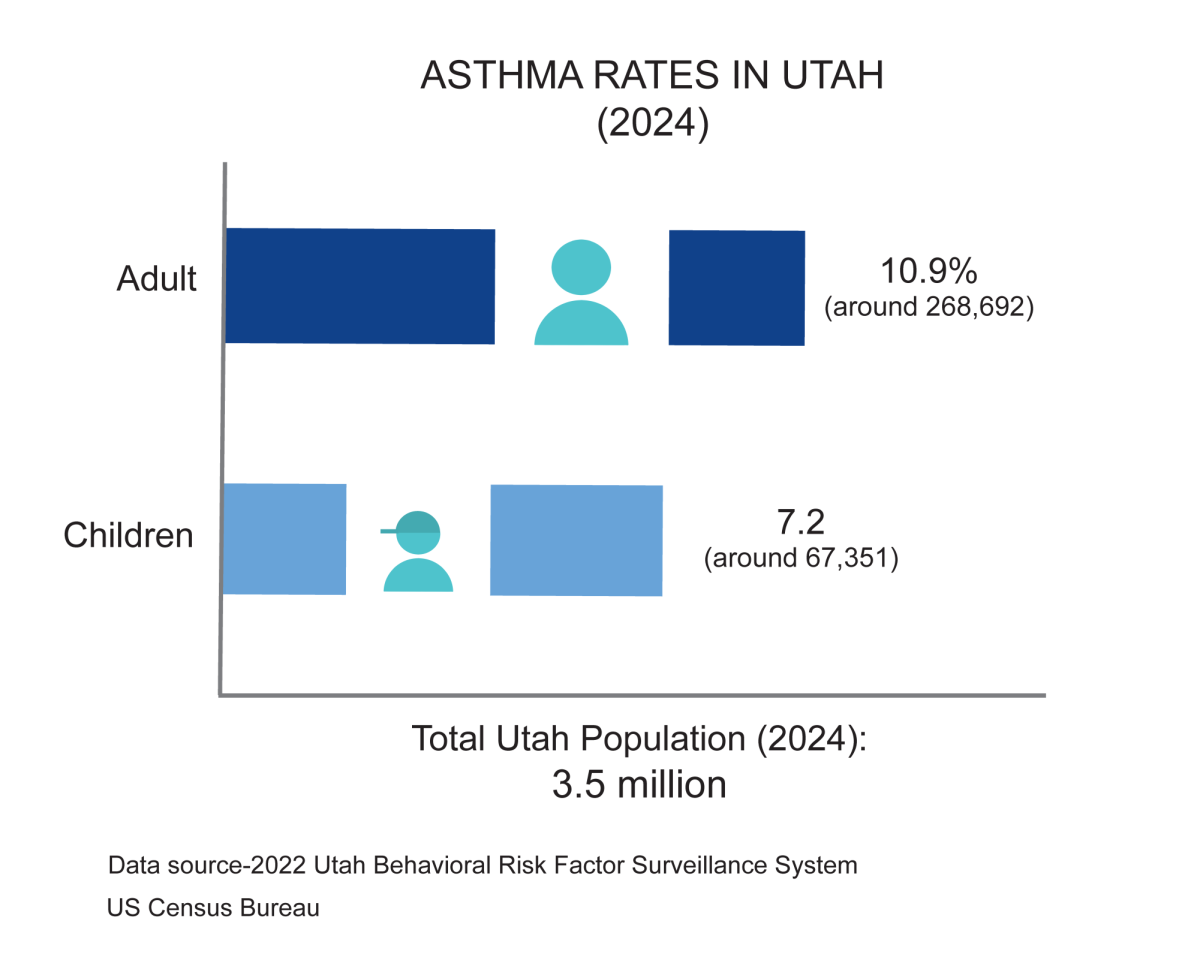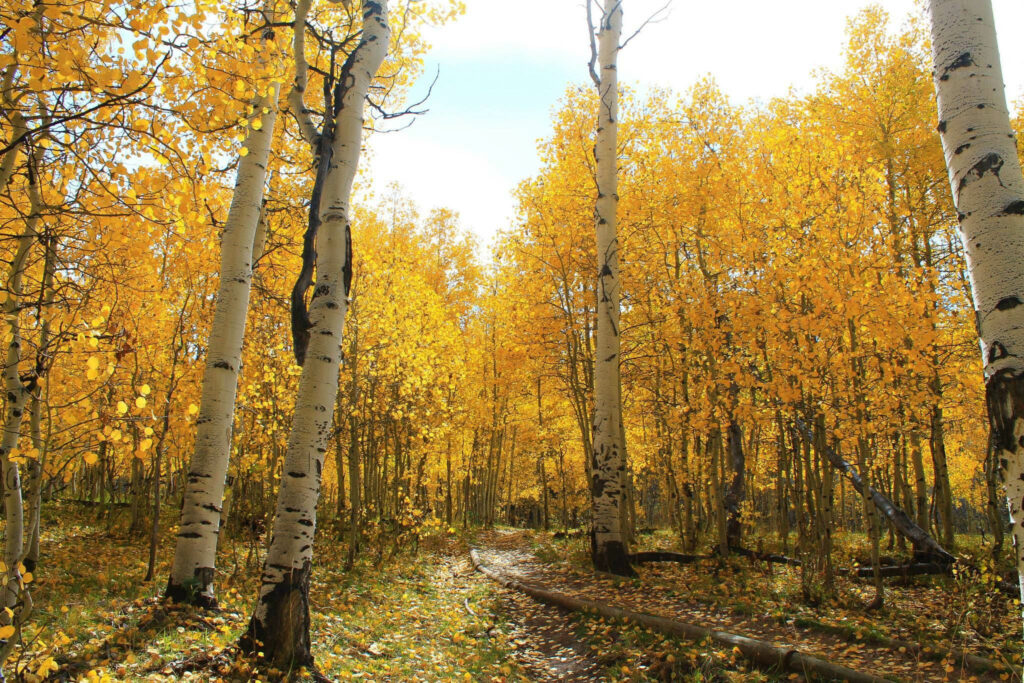
Students at Weber State University learned about the dangers facing Utah’s state tree, the quaking aspen, at a forest sustainability seminar on Feb. 21.
The presentation was lead by Paul Rogers, an aspen researcher from Utah State University. Rogers and a team of aspen scientists at Utah State and the United States Forest Service saw a need for current research on aspen populations, and in hopes to address endangerment, created the Western Aspen Alliance.
This nonprofit is a team of managers, researchers, land owners and conservationists all attempting to manage aspen by linking ecological, social and economic sciences through communication and collaboration. Their main efforts in this are through educational workshops, consultations, field guides and conducting research.
Aspen is the most widespread tree species in North America, with Colorado and Utah having the greatest concentration. However, these massive aspen forests are quickly losing their population through methods of overgrazing, outdoor recreation and alterations in their natural environment.
Aspens have a high amount of biomass, which comes with a high amount of diversity. They can have up to 100 plant species in their surrounding communities. These dependent species will then continue to follow the trajectory of aspens over time.
According to Rogers, aspens work with all aspects of the natural world including water systems, plants and animals all to positively affect the ecosystem.
“In our part of the world, and in many parts of the world where aspen exists, it is the sole hardwood among oceans of conifers, sagebrush and other vegetation types,” Rogers said. “This contrast brings in a lot of values with it. One of them is enriching the soil, another is water retention, fire protection and fish habitat.”
Because of its great qualities, aspens are being sought after at great lengths throughout the U.S.
“Different practices are killing the babies year after year, until we get to a point where we have a demography that is so out of whack that we have a non-sustainable system,” Rogers said.
In 1992, the WAA salvaged one forest by putting a fence around it. This helped create a forest that is today made up of 30-foot tall trees. But, once the fences come down, it will once again be overgrazed.
Evidence of the natural splendor of aspen is at Utah’s Fishlake National Forest, where the Pando clone resides.
The Pando clone is a collection of male quaking aspen determined to be the single largest living organism on Earth. It covers over 106 acres and weighs an excess of 13 million pounds.
“I visited the Pando clone with my Intermountain Flora class with Utah Valley University. The Pando was instantly breathtaking,” Botany Student Summer Roberts said.
“The most important part of it is the effect on biodiversity in Utah, not only on the aspen forests alone, but on the dependent plants in these ecosystems,” Roberts said. “We would have a huge decrease in biodiversity if we didn’t have these aspen forests.”
The temporary solution to sustain aspen forests is to put up more grazing fences to buy some time. Another one is to cut down population size of deer and elk who are considered to be chronic grazers.
According to Rogers, “The long term solution is really to get in the big room and seriously deal with ecological solutions across the disciplinary barriers of wildlife managers and land vegetation managers.”
Rogers believes that humans are essentially pushing aspens to a cliff, and climate change will eventually be the one to push it off the cliff. The course of action is to find a way to make aspens more resilient and to create more ecologically diverse systems, which maintain their functionality through human use.
“The science is mostly settled that Aspen forests are endangered, but the big question is how do we apply that? How do we get people to do something differently?” WSU Zoology Professor John Mull said.
For more information on the efforts being done to preserve aspens, visit the WAA website at https://western-aspen-alliance.org/index.

